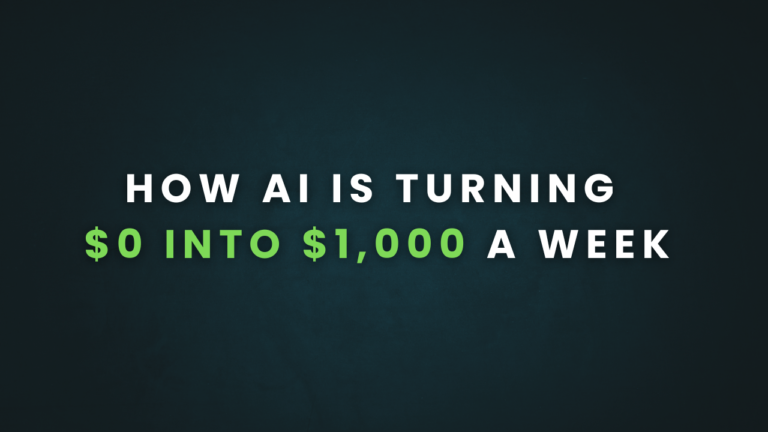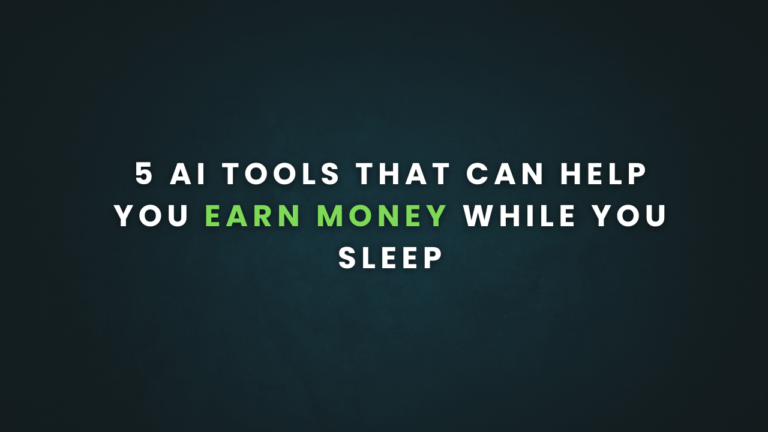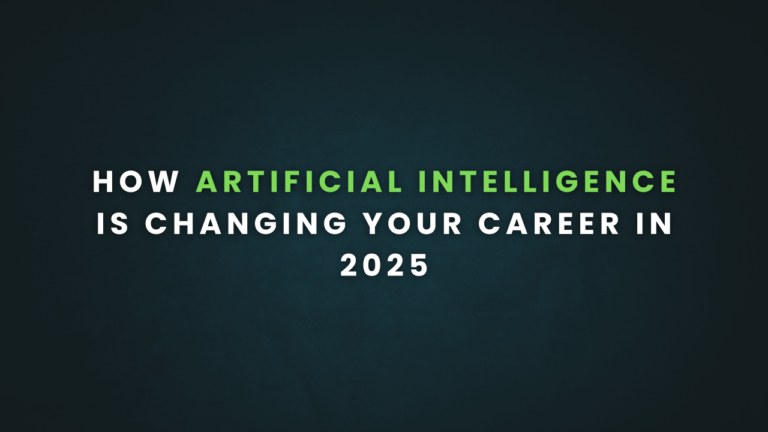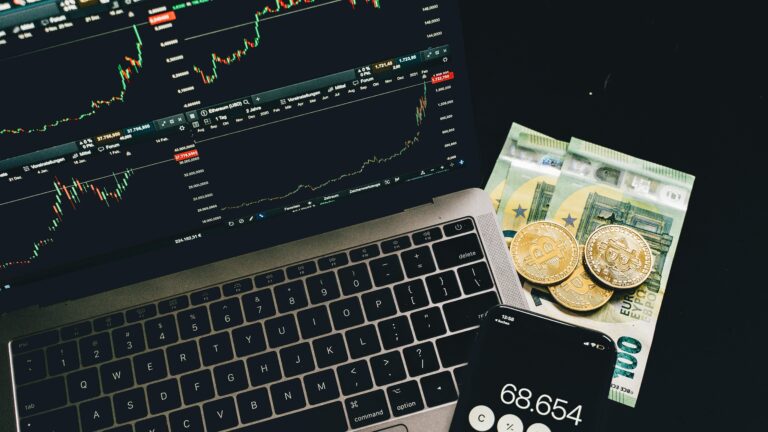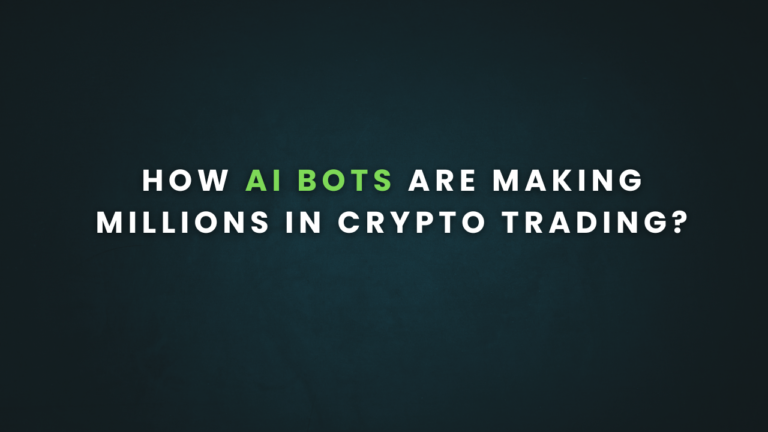AI-Powered Investing : The Future of Finance or Dangerous Gamble?
Artificial intelligence (AI) is changing the world, and the financial industry is no exception. From robo-advisors that manage your money to algorithms that trade stocks faster than you can blink, AI-powered investing is becoming a big deal. But here’s the question: Is this technology the future of finance, bringing smarter decisions and bigger profits, or is it a dangerous gamble that could lead to big losses? In this article, we’ll dive into both sides of the story—exploring the benefits and the risks—so you can decide for yourself. Written in simple English, this piece will guide you step by step through what AI-powered investing means and what it could mean for your money.

What Is AI-Powered Investing?
Before we jump in, let’s clarify what AI-powered investing is. It’s when artificial intelligence—think smart computer programs—helps make investment decisions. This could mean analyzing tons of data, predicting stock prices, or even automatically buying and selling stocks without human input. It’s like having a super-smart assistant who never sleeps. But like any tool, it has its strengths and weaknesses. Let’s break it down.
The Benefits of AI-Powered Investing
Why are people so excited about AI-powered investing? Here are some big reasons it might just be the future of finance.
The Power of Data Analysis
AI can crunch massive amounts of data in seconds—way more than any human could handle. It looks at stock prices, economic reports, news articles, and even social media chatter to spot trends. For example, if a company’s stock is about to rise because of a hidden pattern, AI might catch it before anyone else. This could mean better choices and more money in your pocket.
Speed and Efficiency
Imagine trying to buy a stock the moment its price drops. By the time you click “buy,” the chance might be gone. AI doesn’t have that problem. It can execute trades in milliseconds, grabbing opportunities faster than any human trader. High-frequency trading firms use this speed to make profits in fast-moving markets, showing how AI can outpace traditional methods.
Personalized Investment Plans
AI doesn’t just work for big firms—it can help you too. Platforms like Betterment and Wealthfront use AI to create investment plans just for you. Tell it your goals—like saving for a house—and how much risk you’re okay with, and it builds a portfolio tailored to your needs. Plus, it adjusts your investments as the market changes, keeping you on track.
Lower Costs
Hiring a human financial advisor can be pricey. AI cuts those costs by automating tasks like rebalancing your portfolio (shifting investments to stay balanced) or harvesting tax losses (selling losing investments to save on taxes). Lower costs for firms can mean lower fees for you, making investing more affordable.
These benefits make a strong case for why AI-powered investing could lead the way in finance. But it’s not all smooth sailing—there are risks to watch out for.
The Risks of AI-Powered Investing
While AI sounds amazing, it’s not perfect. Here’s why some people think AI-powered investing might be a dangerous gamble.
Mistakes in Algorithms
AI is smart, but it’s not flawless. It relies on data and programming, and if either is wrong, the results can be disastrous. A bad algorithm could misread the market and lose a ton of money fast. Unlike a human mistake, which might affect one person, an AI error could hit thousands of investors at once because it’s all automated.
Hard-to-Understand Decisions
Ever heard of a “black box”? That’s what some call AI because its decisions can be mysterious. Even the people who build these systems don’t always know exactly how they work inside. If AI sells your stocks and you don’t know why, it’s tough to trust it. This lack of clarity can make investors nervous.
Relying Too Much on Tech
AI is a tool, not a magic wand. If you let it run your investments without checking in, you might miss big problems. For example, if the market shifts in a way AI isn’t ready for—like a sudden global event—you could be stuck. Human judgment still matters, and leaning too hard on AI could leave you exposed.
Market Chaos
Picture this: lots of investors use the same AI tools. If those tools all decide to buy or sell at once, it could create a stampede in the market, driving prices up or down too fast. A famous example is the 2010 Flash Crash, where automated trading caused a massive drop in the stock market in minutes. It bounced back, but it showed how AI can shake things up in a bad way.
So, What’s the Verdict?
AI-powered investing is a game-changer—it’s hard to argue with that. The ability to analyze data, act fast, personalize plans, and cut costs makes it a powerful tool that could define the future of finance. But the risks—like errors, confusion, over-dependence, and market swings—remind us it’s not foolproof. So, is it the future or a gamble? It’s both, depending on how it’s used.
The smart move? Don’t jump in blind. Learn about the AI tools you’re using, keep an eye on your investments, and don’t let tech take over completely. By blending AI’s strengths with your own common sense, you can enjoy the perks while dodging the pitfalls.

